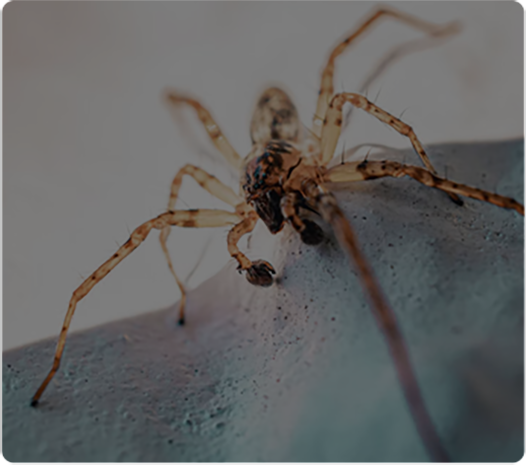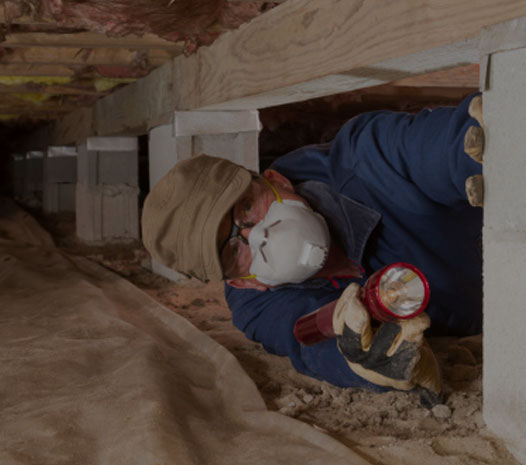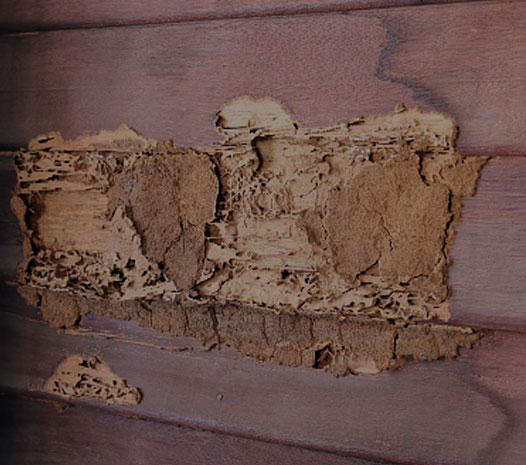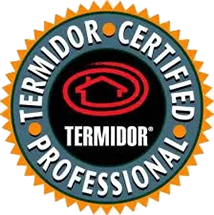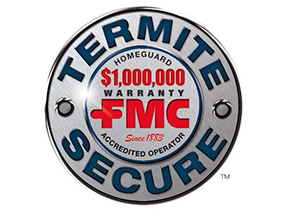Ants in Sydney
We have extensive knowledge about the common ants in Sydney and that is why we can deliver the best ant control Sydney has to offer. Learn more about what type of ants Sydney homes can be infested with.
Black Garden Ant
Lasius niger
Appearance
- Workers 3/16″ long.
- Queens 5/8″ long.
- Dark brown–black in colour.
- 1 small segment at waist point (pedicel).
- No sting present.
Lifecycle
- Queens overwinter in soil. Eggs are laid in late spring. Larvae hatch 3–4 weeks later.
- Larvae feed on secretions from the queen’s salivary glands until the first worker ants emerge.
- Worker ants continue with larval care, nest building and food foraging.
- Fertile males are produced later in the season.
Habits
- Foraging worker ants follow well–defined trails around food sources. Sweet foods are preferred but high protein foods will also be taken.
- Swarming characteristics – mating between queens and fertile males takes place on the wing mid to late summer. Males perish after mating.
- Nest locations – often outdoors in soil and below paving slabs on the sunny side of buildings. Nest locations can be identified by the presence of finely powdered soil around nest exit holes.
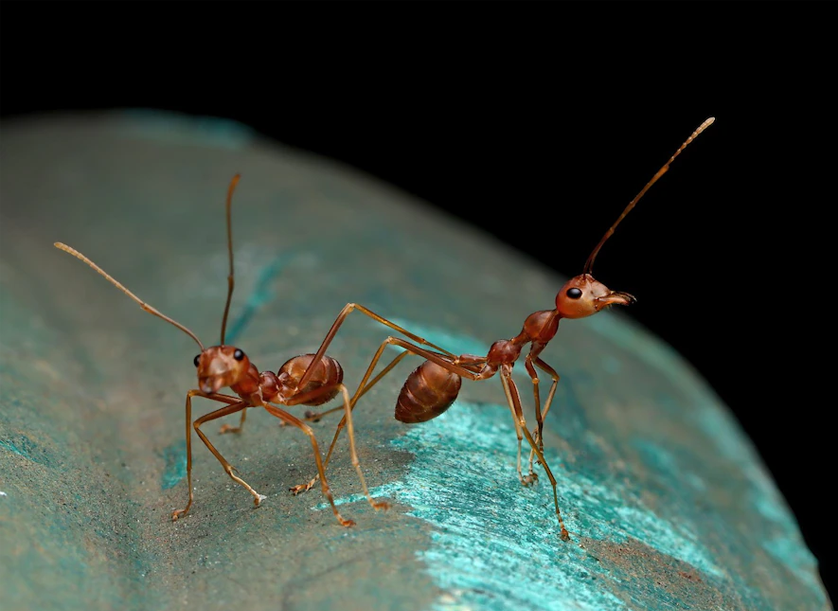
Black House Ant
Ochetellus Spp.
Appearance
- Shiny & black.
- 2-3 mm long.
Lifecycle
- Larva hatches out of the egg as a white grub which is narrower towards the head. They are fed by the adults.
- The larva pupates and appears creamy-white, looking similar to an adult. Sometimes they have a protective silk cocoon around them.
- The adult emerges with the three defined body sections: head, thorax and abdomen.
- The length of time between the egg stage and ants emerging as adults can take 6 weeks or more; it depends on a variety of factors such as the species of ant, the temperature and the availability of food.
- Fertilised eggs become female, unfertilised become males.
Habits
- Black House Ants nest under bark or in decaying timber.
- They infest homes and buildings in search of food and water; they are especially attracted to sweet foods but also eat the honeydew which is secreted from sap-sucking insects.
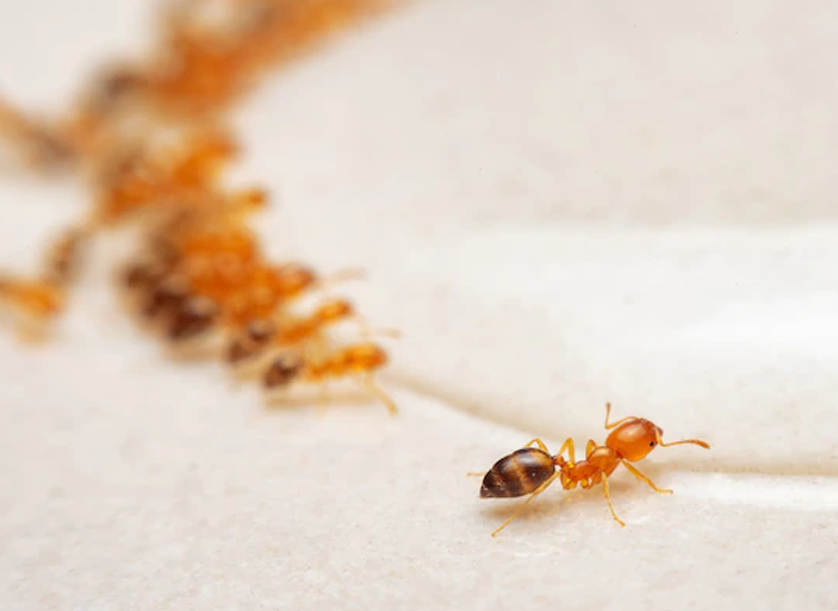
Carpenter Ants
Camponotus pennsylvanicus
Appearance
- Workers – 1/4″ long.
- Queen – 1/2″ long.
- Blackish colour most common but can also be black and red.
- 6 legs.
Lifecycle
- Swarms appear in the Spring.
- The colonies of carpenter ants can live from 3-6 years.
Habits
- Locations – both moist and dry wood, but prefer moist, eg wood dampened by water leaks.
- Internally – excavate galleries in wood with a smooth appearance.
- Externally – sometimes hollow out sections of trees.
- Visibility – hunt for food mainly at night but also during the day in early Spring / Summer. Signs include sawdust, wet wood, or unusual noises coming from the walls.
- Feeding – primary food is honeydew, also eat plant secretions, fruit juices and insect remains. They do not eat wood. In homes they are attracted to sweet substances, fats, grease and meats.
- Contact – rarely come into contact with people, but if they do will try to escape. They cannot sting.
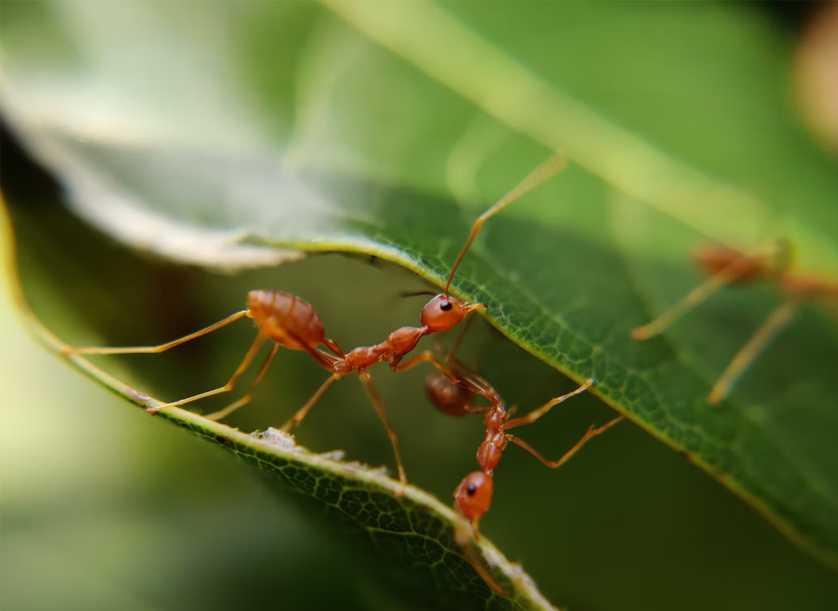
Pavement Ant
Tetramorium caespitum
Appearance
- Dark brown or blackish.
- 1/8″ long.
- 6 legs.
- 2 spines on the back.
- 2 nodes on petiole.
- Grooves on head and thorax.
- Thorax uneven with 1 pair of spines.
- 12-segmented antennae with 3-segmented lub.
- Winged ants are often mistaken for termites.
Lifecycle
- Visible Spring and Summer.
- Have been known to emerge any time of the year in heated structures.
Habits
- Feeding – eat almost anything that humans eat, and also pet food.
- Visibility – seen entering houses looking for food, most often at night. May move through pipes and electrical wires.
- Nesting – in lawns or under stones, wood, or boards. Mounds built along sidewalks, baseboards, and near foundations in clusters. Colonies found near water.
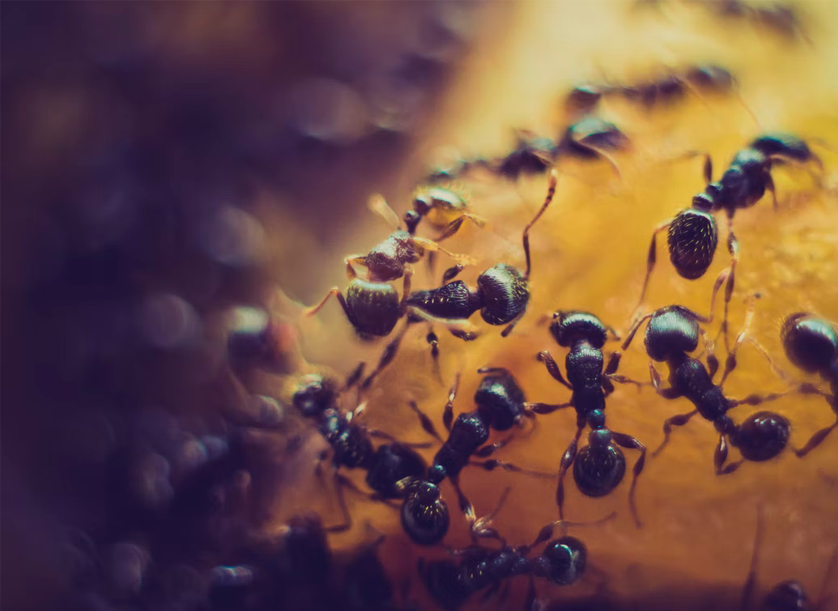
Fire Ant
Solenopsis spp
Appearance
- Queens 5/8″ long.
- Workers 1/8″-1/4″ long.
- Coppery–brown on the head and body, with a darker abdomen.
- Solenopsis has a very distinctive two–segment antennal club, which is most visible in the front view of the female reproductive ant.
Lifecycle
- After swarming from the nest and mating, the queen searches for a suitable spot to lay her eggs. Once found, she can lay up to 125 eggs in late Spring.
- Larvae hatch within 8 to 10 days, and the pupal stage lasts for 9 to 16 days.
- Larvae feed on secretions from the queen’s salivary glands and broken down wing muscles until the first worker ants emerge. After this first batch of larvae moult into workers the queen’s role returns to egg laying – she can lay up to 1500 per day. Worker ants continue with larval care, nest building and food foraging.
- Fertile males are produced later in the season.
Habits
- Foraging workers diet consists of dead animals, including insects, earthworms, and vertebrates. Workers also collect honeydew and forage for sweet food, proteins, and fats.
- Swarming characteristics – mating between queens and fertile males takes place on the wing mid to late Summer. Males perish after mating.
- Nest locations can be a mound of up to 40 cm or next to objects found on the ground, e.g. logs.
- If aggravated, these react aggressively and can inflict a painful sting, resulting in a pustule some 48 hours later.
- These ants are a major agricultural and urban pest, destroying crops and invading residential areas both outdoors and indoors.
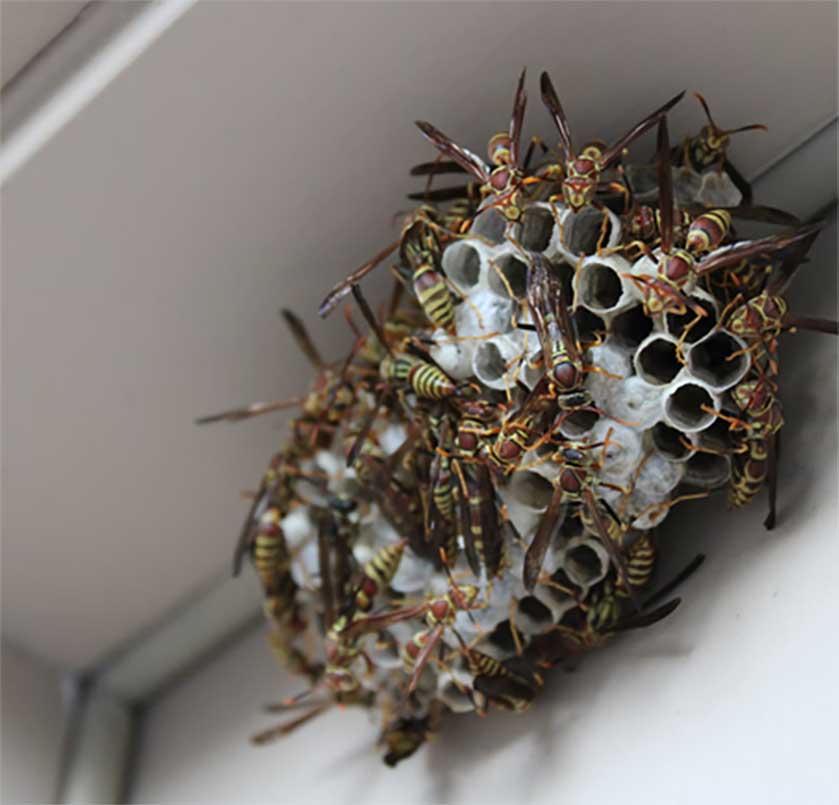
Green Head Ant
Rhytidoponera Spp.
Appearance
- 5-6mm
- Black with metallic green head
- Distinctive appearance and odour
Lifecycle
- The ant’s life cycle passes through egg, larva, pupa, and adult phases
Habits
- Typically nests in small colonies under paths and among rockeries
- They live in bushy and urban areas
- Feeds mainly on materials of vegetable origin
- Rarely enters houses
- Can inflict a painful sting to humans

Bulldog Ant
Mymecia Spp.
Appearance
- 18-20 mm
- Tends to be red or black
Lifecycle
- When a Queens starts to nest she digs a small chamber to lay her eggs in. There is one Queen ant that lays all the eggs and one or only a few males that are just there to mate with the Queen
- The ant’s life cycle passes through egg, larva, pupa and adult phases
- Almost every ant is born female. The eggs hatch into small grubs, which grow into a particular caste (most are workers, then soldiers)
- The Queen Bull Ant leaves the nest at night to forage and supplement the food supply for her progeny (baby bull ants)
- The Queen may live for several years
Habits
- Very aggressive (if a nest is disturbed, there will be a massive outpouring attack)
- Typically nest outdoors in soil or under logs or rocks and they build quite an extensive tunnel system
- Located mostly in bushy areas (they seldom enter buildings)
- They can inflict a very painful sting to humans
- The stinger does not remain in the victim, so the Bull Ant can sting repeatedly
- They feed on other insects and things such as honeydew from scale insects or plant nectar
- Each ant belongs to a specific caste and has a specific job to do (there are worker ants, soldier ants, the Queen and the Male – who mates with the Queen)




